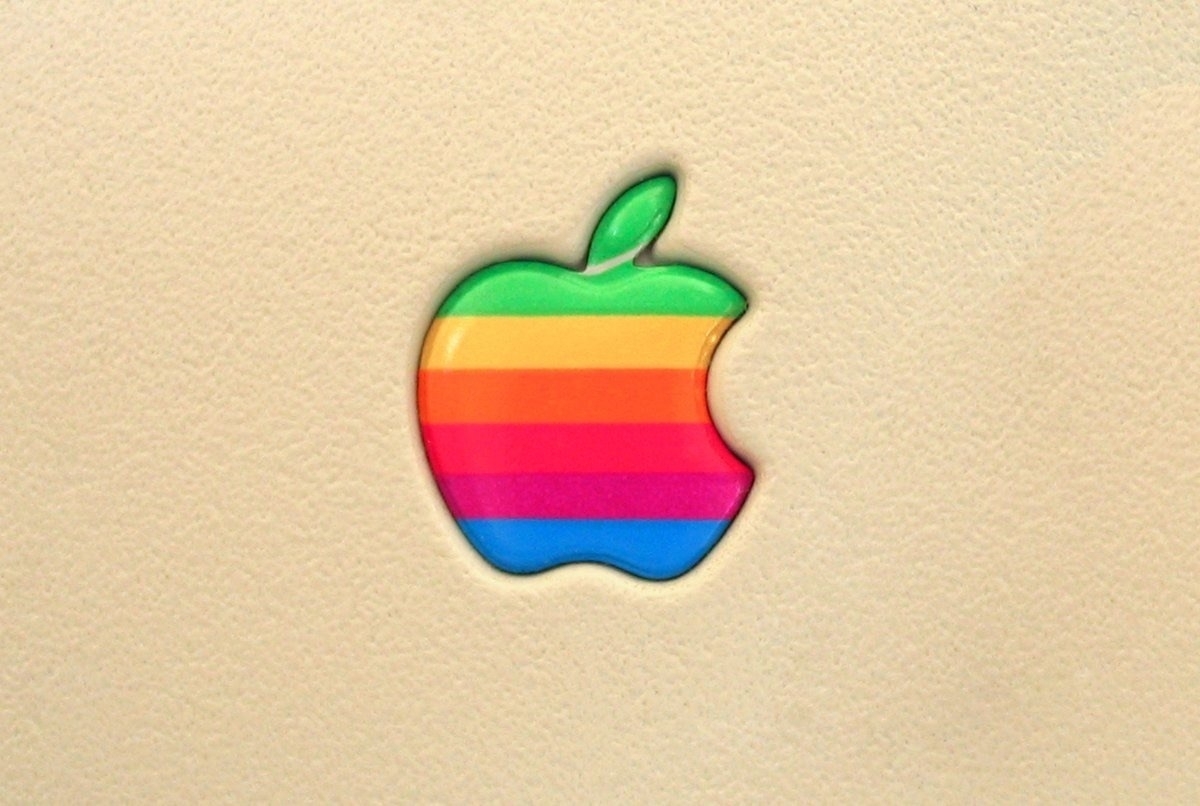On the Mac pivotal moment (#apple #appleevent #applesilicon #mac)
The Mac has gone through many transitions in the past and I was there for each of them. From the Motorola CPU, to the PowerPC and the Intel processors, Apple’s execution was almost flawless.
At the upcoming Apple Event, Apple will unveil their highly anticipated Apple Silicon Macs. When thinking about what Apple could do for this pivotal moment for the Mac, there is two possible roads Apple can take in regards to the general design of these machines.
First, Apple could choose to do the same they did when they switched to Intel processors back in 2005. Apple kept the same designs. There are a few advantages to this approach. By going the conservative way, Apple sends a “don’t worry, this is a Mac, everything will work just fine” message. This would probably helps keep the confidence level about the expected compatibility of these machines with current software. But there is one big drawback from a marketing standpoint: Apple chose to switch to its own CPU in order to enable new things on the Mac that wasn’t possible before. I’m not sure that keeping the same external design of the Mac is the best way to do it; it would be too conservative.
The second approach, the one that I prefer, would be for Apple to introduce a refreshed and modernized design. This could take the form of new materials, new textures, new tones. Screen bezels could be dramatically reduced in order to bring the machine down in size. On top of that, better FaceTime camera with 4K resolution, always-on Siri could also make their debuts. If battery life can show major improvements, Apple would have a winner here. Such a move by Apple would help mark the turning point for the Mac, a new era, just like they did in 2012 when they introduced the unibody design. The Mac is in need of such refresh and this is the right time to do it.
If Apple is really aiming to produce 2.5 million Apple Silicon MacBooks by February 2021, there has to be something special besides a powerful and power efficient A14X CPU. Let’s see which strategy Apple decided to chose.
Side note: it is fascinating to see that the PC never went through these transitions like the Mac did. It is something unique in the technology world. No other company ever did this, that many times. Now, we might wonder if this Apple Silicon transition will spark a similar move in the Wintel world. Why? Because Intel is no longer a synonym of real platform evolution, ARM-based design is.
